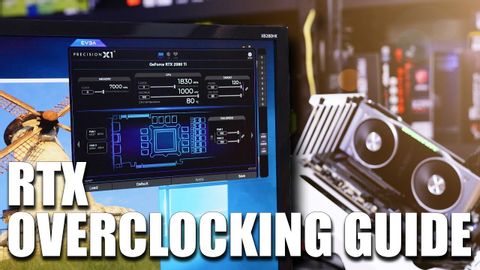RTX 2080とRTX 2080Tiをオーバークロックする方法 (How to overclock the RTX 2080 and RTX 2080Ti)
林宜悉 が 2021 年 01 月 14 日 に投稿  この条件に一致する単語はありません
この条件に一致する単語はありませんUS /əˈpærəntlɪ/
・
UK /əˈpærəntli/
US /ˈslaɪtli/
・
UK /ˈslaɪtli/
US /spəˈsɪfɪkli/
・
UK /spəˈsɪfɪkli/
エネルギーを使用
すべての単語を解除
発音・解説・フィルター機能を解除

